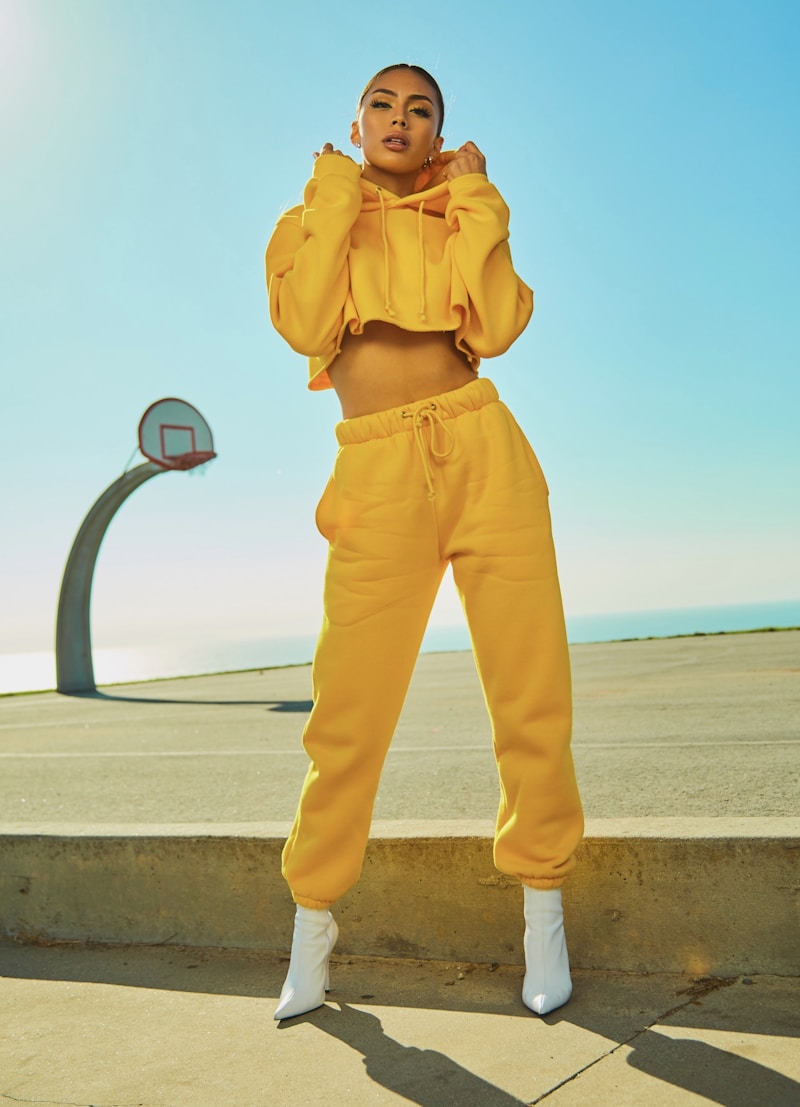Bridal Fashion as a Reflection of Societal Changes: A Comprehensive Exploration
Bridal Fashion as a Reflection of Societal Changes: A Comprehensive Exploration
Understanding the Connection Between Bridal Fashion and Societal Changes
Bridal fashion has always been more than just a collection of beautiful gowns and accessories; it serves as a mirror reflecting societal changes over time. This article will delve into the evolution of bridal fashion, examining how different cultures, historical events, and social dynamics have influenced wedding attire through the ages. We will also address common queries related to this topic, providing a holistic view of the intricate relationship between bridal fashion and societal norms.
The Evolution of Bridal Fashion
Bridal attire has undergone numerous transformations throughout history. From the extravagant gowns of royalty to the minimalist designs favored by modern brides, each era has witnessed shifts that echo broader societal attitudes.
Historical Context
In the 19th century, Queen Victoria's choice of a white wedding dress marked a significant shift in bridal fashion. Prior to this, brides wore their best dresses regardless of color. This trend towards white symbolized purity and innocence, prompting brides across the Western world to adopt similar styles. Let’s take a closer look at various periods and their influences:
| Era | Bridal Fashion | Societal Influence |
| Victorian Era | White gowns, lace, and modest designs | Emphasis on purity and family values |
| 1920s | Flapper-style dresses with shorter hemlines | Women’s liberation and changing perceptions of femininity |
| 1950s | Voluminous skirts and elegant fabrics | Return to traditional values post-World War II |
| Modern Era | Simplistic designs, diverse styles including pantsuits | Acceptance of individualism and diverse relationships |

Bridal Fashion Across Cultures
Bridal attire varies significantly around the globe, with cultural practices shaping everything from wedding colors to the types of fabrics used. For instance:
- Traditional Chinese Weddings: Bright red dresses known as 'Qipao' symbolize good luck, prosperity, and joy.
- Indian Weddings: Brides often wear colorful sarees or lehengas, adorned with intricate embroidery, showcasing their cultural heritage.
- Western Weddings: While white has become a standard color, modern brides are increasingly opting for vibrant hues that reflect personal choices.
The Societal Factors Influencing Bridal Fashion
Various societal factors play a significant role in shaping bridal fashion, including:
Economic Conditions
The economy can greatly influence bridal fashion trends. For example, during times of economic downturn, brides may opt for simpler, less expensive dresses. Conversely, during prosperous times, elaborate and regal garments tend to flourish. Notably, the recent trend of thrifted or sustainable wedding dresses reflects a growing awareness of environmental issues and financial prudence.
Technological Advancements
The rise of social media and online platforms has democratized the bridal fashion industry, allowing designers from various backgrounds to showcase their creations. The accessibility of fashion content is shaping the preferences of modern brides, who are now more inclined to explore a diverse range of styles, fabrics, and cultural influences.
Gender Norms and Representation
The evolution of gender norms has prompted a shift in bridal fashion. Many couples are now choosing to break traditional norms by wearing attire that reflects their identities. Non-binary and same-sex couples are increasingly prioritizing personal expression over convention, leading to a blossoming of unique styles and designs in the bridal segment.
Bridal Fashion: A Reflection of Social Movements
Over the years, bridal fashion has become interwoven with various social movements. Here are a few crucial examples:
Women’s Rights Movement
The women’s rights movement has significantly influenced bridal fashion, prompting a departure from past conventions and encouraging modern brides to assert their independence. Elements such as the rise of the bridal pantsuit exemplify this shift, allowing brides to showcase their individuality while challenging traditional gender roles.
Body Positivity Movement
The body positivity movement has reshaped the bridal fashion landscape, with designers now catering to a broader range of body types. The embrace of diverse representations challenges the previous notion that a bride’s beauty is confined to a specific size or silhouette. Brides are encouraged to find attire that makes them comfortable and confident, regardless of societal expectations.
Future Trends in Bridal Fashion
As we look toward the future, several trends are emerging in bridal fashion that are likely to continue to evolve and reflect societal changes:
- Emphasis on Sustainability: An increasing number of brides are considering environmentally friendly options, motivating designers to create sustainable collections.
- Inclusivity: Greater representation in terms of body types, gender identities, and cultural backgrounds will continue to shape the industry.
- Personalization: Customization will grow, allowing brides to tailor dresses to their preferences, ensuring each gown is reflective of the individual bride.
Conclusion
Bridal fashion serves as a significant reflection of societal changes, echoing shifts in culture, norms, and values. As history illustrates, wedding attire remains a compelling narrative of how social dynamics impact personal expression. The evolution from traditional white gowns to diverse, personalized styles signifies the progress society has made in encompassing individuality and self-identity.
For brides today, the most important aspect of their bridal fashion choice is that it resonates with their personal values and identity. Whether choosing a chic pantsuit, a sustainable gown, or a culturally rich ensemble, each bride is part of a larger narrative—one that celebrates the intersections of love, identity, and evolving societal standards. When selecting bridal attire, consider the messages you wish to convey, the traditions you wish to honor, and, most importantly, what makes you feel beautiful and confident as you embark on this significant journey in life.
Ultimately, bridal fashion is not merely about the dress but a celebration of love, culture, and the continual evolution of societal norms.
